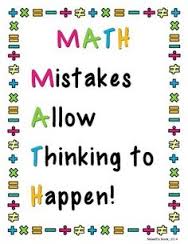I heard about this app today and thought I would share! It looks like a great extension/challenge for firsties, but also has a great way to build number sense and relationships in your other kiddos!
This is talking about the free Lite version, and I am not sure what the paid version will offer you. If you don't have access to tablets, the concept remains the same and could be something you do in your classroom on the SMARTBoard or some other, more flexible number grid.
The basic version involves students finding a number on a blank number grid. The trick there is that the other boxes are empty until clicked. The child can click to help orient themselves to the grid.
In the advanced version, the student is again given a number to locate on the grid, but the orientation of the grid has been changed. The child must use his/her knowledge of numbers in order to locate the number on the grid. Each orientation will have 10 different numbers for students to place. I think it would be a powerful tool for building student's problem-solving and number sense relationships!
Let me know if you would like help figuring out a way to develop a less-techy version to use in your classroom.
The following video is a student's review of the basic app.

























